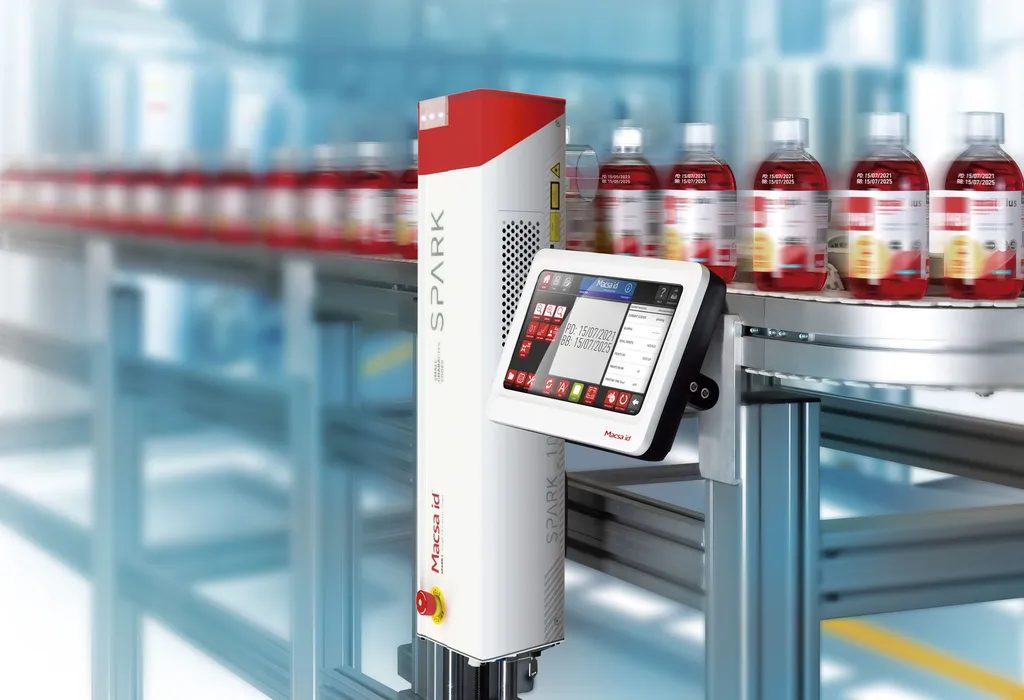In a breakthrough that could reshape the landscape of flexible electronics, researchers have developed a novel method for creating conductive silicon patterns on polymer substrates using nanosecond pulsed laser sintering. This innovative technique, detailed in a study published in *Applied Surface Science Advances* (translated from Chinese as “Advanced Applied Surface Science”), opens doors for advancements in flexible temperature sensing and thermoelectric applications, particularly in the energy sector.
At the heart of this research is Cheng-Hsuan Yu, a researcher from the Department of Mechanical Engineering at National Taiwan University. Yu and his team have demonstrated a method that uses ultrashort laser pulses to induce localized photothermal heating, enabling the surface melting and coalescence of silicon nanoparticles (SiNPs) and microparticles (SiMPs) without damaging the underlying polymer substrate. This process creates conductive networks that are both flexible and durable.
The key to their success lies in optimizing the ratio of SiMPs to SiNPs. “By fine-tuning this ratio, we were able to achieve the lowest resistivity of 10 Ω·cm at 80 wt% SiMPs,” Yu explains. This is a significant improvement over the 26 Ω·cm resistivity of pure SiNP patterns. However, the increased microparticle content introduced challenges such as higher porosity and mechanical fragility. To address these issues, the team implemented a secondary SiNP coating and sintering step, which filled interparticle voids, reduced surface roughness, and improved conductivity by an additional 12%.
The implications for the energy sector are profound. Flexible temperature sensors and thermoelectric devices could revolutionize energy harvesting and management systems. The Si patterns exhibited stable, reversible resistivity between 22 °C and 110 °C, with a linear temperature coefficient of –0.5 Ω·cm/ °C, confirming their potential for flexible temperature sensing. Thermoelectric measurements showed that moderate porosity enhanced the Seebeck coefficient via energy filtering, while excessive porosity impaired grain connectivity. A maximum Seebeck coefficient of 82 μV/K was achieved at 80 wt% SiMP, measured at 50 °C.
Bending tests indicated that high-SiMP patterns were prone to cracking, but the two-step sintering process improved mechanical robustness. “This two-step process not only enhances conductivity but also significantly improves the mechanical properties of the patterns,” Yu notes. These findings highlight a low-temperature, laser-based route for integrating silicon materials into flexible electronic systems, paving the way for innovative applications in energy harvesting, wearable electronics, and beyond.
As the world moves towards more sustainable and flexible energy solutions, this research offers a promising pathway for integrating silicon materials into next-generation flexible electronic systems. The study’s findings could accelerate the development of flexible temperature sensors and thermoelectric devices, ultimately contributing to more efficient energy management and harvesting technologies.

